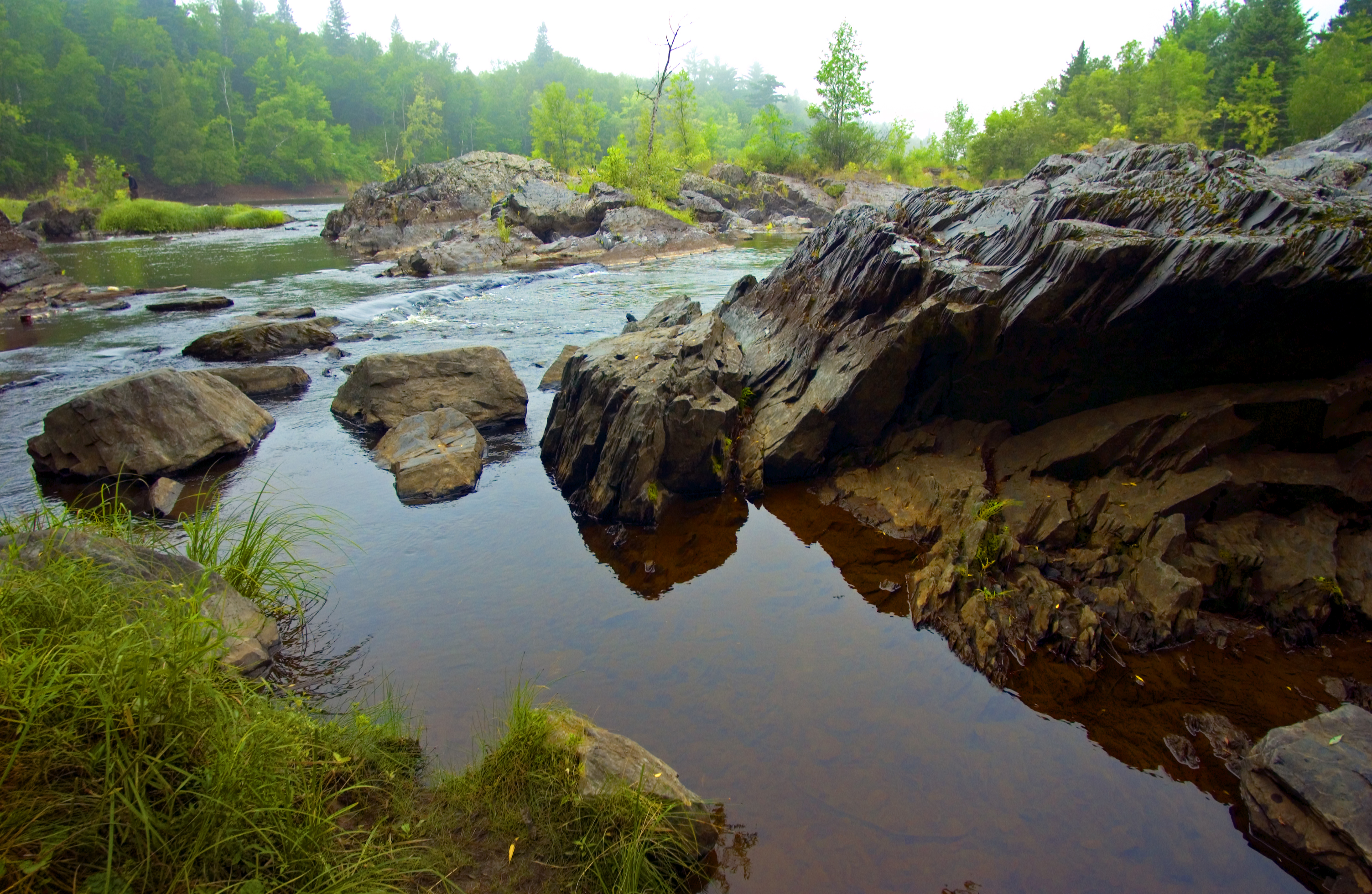Longtime professor, mentor, and leader in the Twin Cities design community Joe Favour (B.L.A. ’92) began his appointment as head of the Department of Landscape Architecture this June.

In this interview, he shares his thoughts on balancing teaching with practice, making design relevant to a broader audience, and identifying the most meaningful opportunities for the Department of Landscape Architecture.
How does this position fit into your overall career trajectory?
I started teaching about a year after earning my M.L.A. I’ve always enjoyed the balance between academics and practice. They play off each other very well: if you’re in an office working on projects, you can get lost in the details and forget some of the larger principles that you learned as a student, those cutting-edge aspects of what design should be about.
And as an alumnus of the University and the Landscape Architecture program, to be able to come back and lead the program, 24 years later, is a great opportunity.
What do you see as the biggest opportunities for the department over the next five years?
Landscape architects have historically been good collaborators, but mainly with architects, engineers, and clients in high positions with of money to spend. I’d love to see us expand and to think about people who aren’t represented as much by our design. Let’s engage people who typically don’t collaborate with or think about landscape architecture.
Right now we connect with a certain level of society and there’s another level we don’t connect with. I see an opportunity to make design relevant to all people, and for all people connect with the outdoor environment through landscape architecture.
From an academic perspective, I don’t imagine landscape architecture as primarily generating new science or developing new technologies. But what we can do is collaborate with researchers who have deep technical and scientific knowledge, to show them how that work can be transformed through design and become relevant to a public audience, to public space.
How do you see landscape architecture solving some of society’s problems?
Landscape architects aren’t generally an egotistical bunch. We work well on large, interdisciplinary teams and can synthesize ideas from several different fields into workable concepts.
We have a role in interdisciplinary teams to show what landscape architecture, or even design in general, can do to make science relevant to a public audience and actually drive change. There are all these new ideas being generated, and often the only thing they need to come together is good design.
I’d like to see us take on more of a leadership role on grand challenges at the University, and maybe that can begin to spread out to the profession.
How are the academic programs adapting to ever-changing technologies and demands from employers?
We are really looking in-depth at our undergraduate program: how is a bachelor of design degree relevant in the coming years? Moving it towards a more professional program: defining environmental design, what it means for students and their careers. We are working out how to embed the curriculum with the skills that will allow alumni to find meaningful, professional jobs, even if they don’t want to go on and become a landscape architect.
Technology is constantly evolving, but so is all the way that the world is structured. As an example, if we move towards driverless vehicles or a sharing economy; those will have a huge impact on everything we do. We are open to making our curriculum as flexible as it can be so that we can react to those changes and even hopefully, in some ways, drive some of that change rather than just staying up to date. We’re trying to open our curriculum, by being less rigid about what subjects the courses cover and give them a more general structure so that we can adapt the content as we move forward.
Change is intrinsic to the field of landscape architecture, which has prepared the Department of Landscape Architecture to meet the rapid changes we are facing on a daily basis. As we begin to wrap up the spring semester, I want to share how our department has been adapting and responding.
Though easily forgotten and often misunderstood, the infrastructures of wastewater treatment are closely tied to our everyday lives.
High above the Arctic Circle in the fishing village of Vardø, Norway sits the Steilneset Memorial. Created by architect Peter Zumthor and artist Louise Bourgeois, the memorial remembers the 91 women and men who were burned at the stake after being found guilty of sorcery in 1621.





